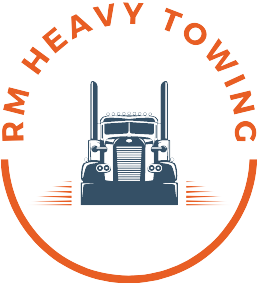Ensuring Cargo Safety on the Road
For truckers, ensuring the safe transport of cargo is a top priority. Load shifts can lead to accidents, damage to goods, and even life-threatening situations on the road. To help truckers navigate the challenges of load shift prevention, we’ve compiled a list of best practices and strategies that are essential for cargo safety during transit.
1. Proper Load Securement
The foundation of load shift prevention lies in proper load securement. This includes using appropriate tie-downs, straps, chains, and blocking and bracing materials. Ensure that cargo is tightly secured to prevent any movement during transportation.
2. Regular Inspections
Before hitting the road, conduct a thorough inspection of your cargo and its securement. Check for any signs of shifting or loosening tie-downs. Inspect the condition of straps and chains, and replace any damaged equipment immediately.
3. Weight Distribution
Proper weight distribution is crucial to maintaining balance and preventing load shifts. Follow weight distribution guidelines provided by the manufacturer, and consider the type of cargo you’re carrying. Uneven weight distribution can lead to instability and load shifts.
4. Balancing Axle Loads
Ensure that your truck’s axle loads are within legal limits and properly balanced. Overloaded or unbalanced axles can make your truck more susceptible to load shifts, especially during turns or sudden stops.
5. Secure Loose Items
Aside from the main cargo, don’t forget to secure loose items within the truck’s cabin. These items can become dangerous projectiles in the event of sudden braking or an accident.
6. Slow and Steady Driving
Avoid sudden acceleration, sharp turns, and abrupt stops. Smooth and steady driving reduces the forces that can cause cargo to shift. Maintain a safe following distance to anticipate traffic changes.
7. Reduce Speed on Curves
When navigating curves or ramps, reduce your speed to minimize the lateral forces acting on your cargo. Gradual acceleration and deceleration are key to load shift prevention.
8. Stay Informed About Weather Conditions
Weather can impact load stability. Stay informed about current weather conditions along your route and adjust your driving accordingly. Strong winds, rain, or snow can affect cargo stability.
9. Use Load Restraint Systems
Consider using load restraint systems such as load bars or cargo nets to provide additional security for your cargo. These systems can help prevent shifting, especially for irregularly shaped or lightweight cargo.
10. Continuous Monitoring
Monitor your cargo throughout the journey. Make stops to check load securement and inspect for any signs of shifting or damage. Early detection can prevent a minor issue from turning into a major problem.

Prioritize Cargo Safety and Trust RM Heavy Towing
Load shift prevention is not just a regulatory requirement; it’s a matter of safety for truckers and everyone on the road. By following these best practices and strategies, truckers can significantly reduce the risk of load shifts and ensure the safe transport of cargo.
At RM Heavy Towing, we understand the importance of cargo safety. Our team of experts is equipped to handle load shifts and provide emergency assistance when needed. Stay safe on the road and prioritize cargo safety to protect your livelihood and the well-being of others.




